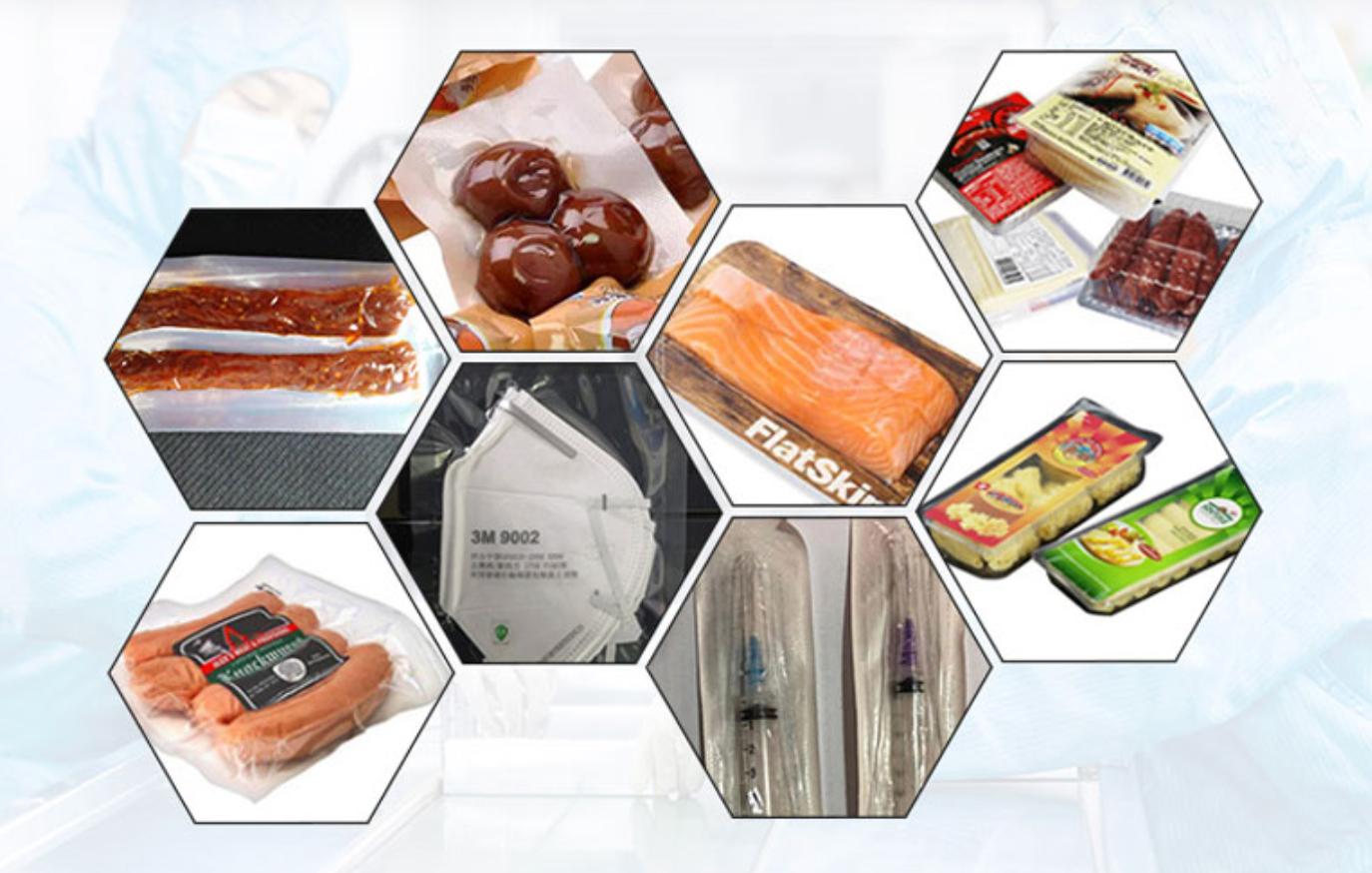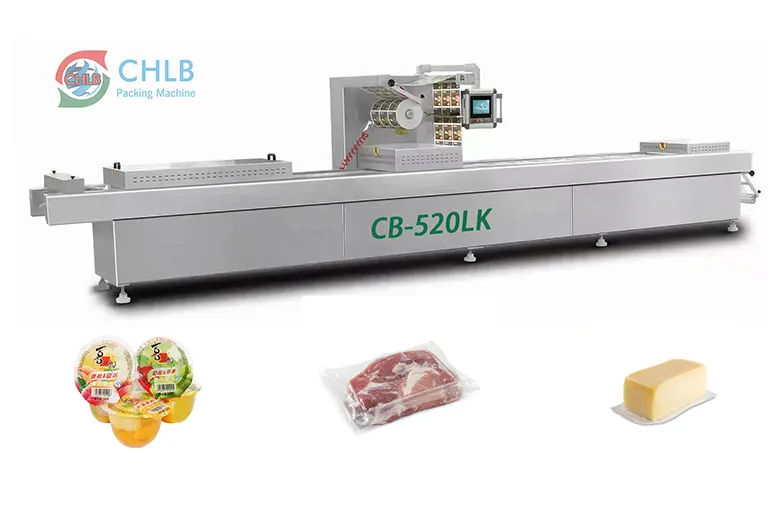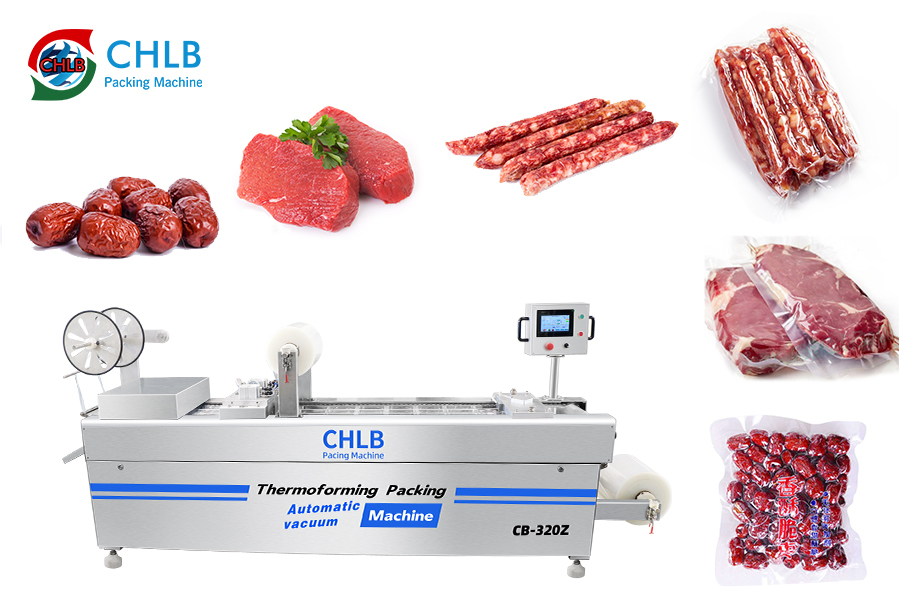In today’s fast-paced world of consumer goods, packaging plays a crucial role in not only protecting products but also in capturing the attention of potential buyers. When it comes to food packaging, there are a plethora of options available, each with its own unique set of characteristics and benefits. In this comprehensive guide, we will take a deep dive into the different types of food packaging materials, common formats, design considerations, and tips for choosing the right packaging for your specific product.
Types of Food Packaging Materials
The following are various types of packaging used for food products. From plastic to glass, metal to biodegradable options, these materials each play a vital role in preserving and presenting food items to consumers.
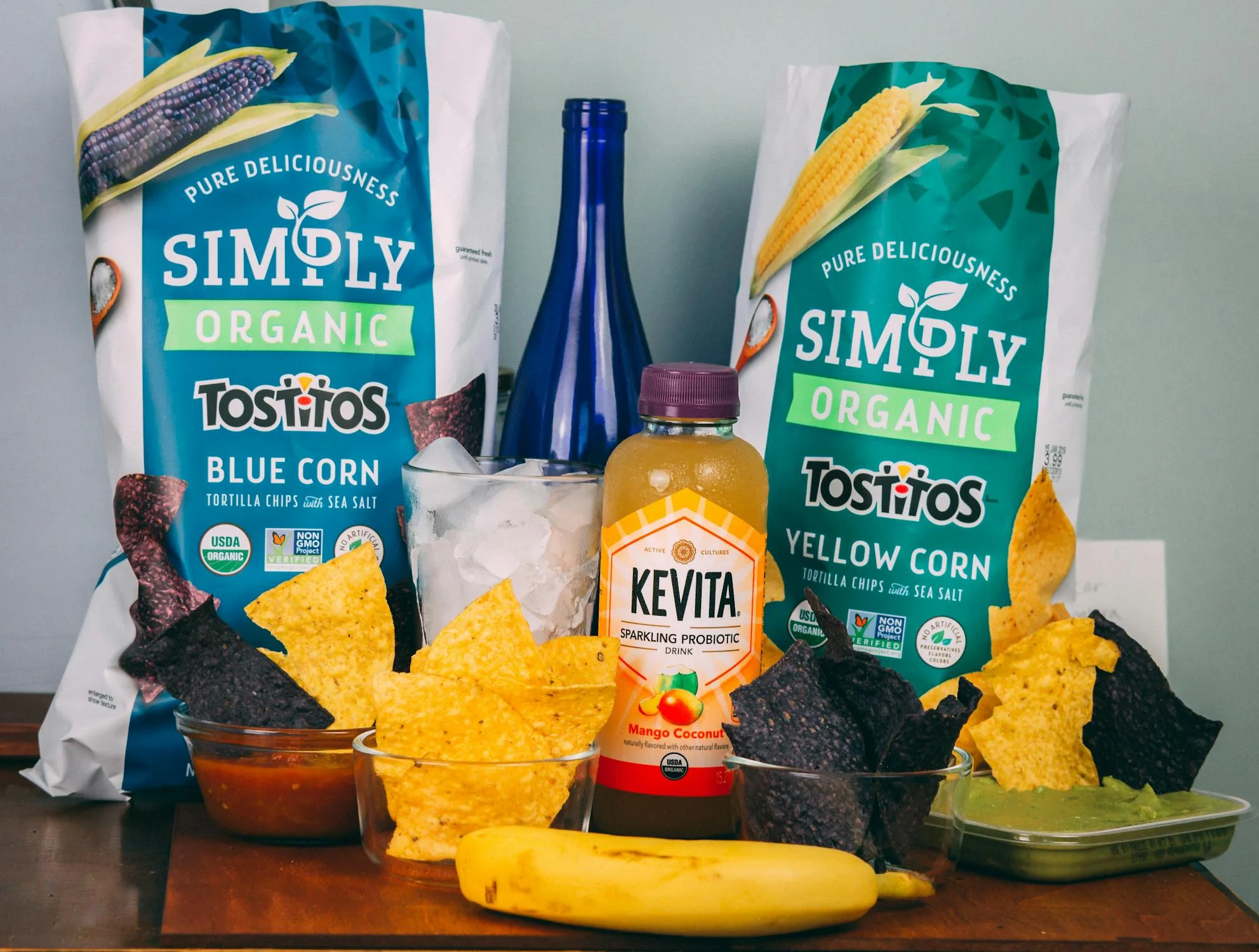
Plastic
Plastic is one of the most commonly used materials in packaging food products due to its versatility, durability, and cost-effectiveness. There are several types of plastics used in food packaging, including polyethylene (PE), polypropylene (PP), and polyethylene terephthalate (PET). PE is commonly used for food storage bags and cling film, while PP is often used for yogurt containers and deli trays. PET, known for its transparency and lightweight nature, is popular for beverage bottles and salad containers.
Glass
Glass has been a traditional packaging material for food due to its impermeability and ability to maintain product freshness. It is commonly used for products like sauces, jams, and pickles. Glass is also 100% riciclabile, making it an environmentally friendly option for food packaging.
Metal
Metal packaging, such as aluminum and steel cans, are popular choices for packaging for food products that require long-term shelf stability. Canned goods like soups, frutta, and vegetables are commonly packaged in metal containers due to their ability to protect the contents from light, aria, and moisture.
Paper and Cardboard
Paper and cardboard packaging are sustainable options for food packaging, often used for items like cereal boxes, bustine di tè, and bakery goods. These materials are easily recyclable and biodegradable, making them eco-friendly choices for environmentally conscious consumers.
Biodegradable and Compostable
In recent years, biodegradable and compostable packaging materials have gained popularity due to their minimal impact on the environment. These materials, which are made from plant-based sources like cornstarch or sugarcane, are designed to break down in composting facilities, reducing waste and pollution.
Common Food Packaging Formats
There are different food packaging options catering to the unique needs of different products. From flexible pouches to bottles and jars, each format offers distinct benefits and considerations for food manufacturers and consumers alike.
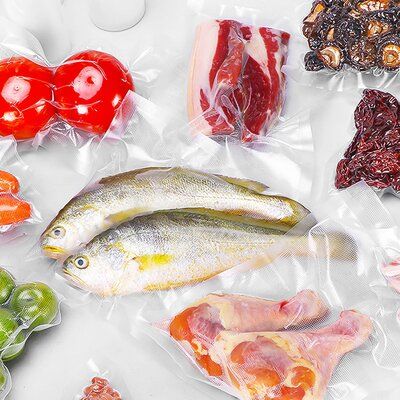
Flexible Pouches
Flexible pouches, made from materials like plastic or metallized film, are popular for a wide range of food products, including snacks, salse, E pet treats. These pouches offer flexibility in design and are lightweight, making them convenient for consumers on the go.
Cartons
Cartons, made from paperboard or cardboard, are commonly used for products like milk, succo, and cereals. They provide protection from light and moisture and are easily recyclable, making them a sustainable packaging option.
Lattine
Lattine, typically made of aluminum or steel, are ideal for products that require long-term shelf stability, such as canned fruits, verdure, and beverages. Cans are airtight and tamper-resistant, ensuring the product’s freshness and safety.
Boxes
Boxes are versatile food packaging formats used for a variety of products, including chocolates, biscuits, and gift sets. They offer ample space for branding and marketing, making them popular choices for premium products.
Bottles and Jars
Bottles and jars, commonly made from glass or plastic, are used for products like sauces, condiments, and spices. These containers provide airtight seals and are reusable, making them practical choices for everyday use.
Wrappers
Wrappers, made from materials like paper, plastic, or foil, are used for individual food items like candy bars, cheese slices, and deli meats. These single-use packaging formats offer convenience and portion control for consumers.
Clamshell Packaging
Clamshell packaging, often made from plastic, is popular for products like fresh produce, bakery goods, and electronics. These hinged containers offer visibility of the product and protection from external factors like contamination and tampering.
Skin Packaging
Skin packaging involves sealing a thin layer of plastic directly onto the product, creating a “second skin” that securely holds the item in place. This packaging format is often used for meats, seafood, E alimenti surgelati, providing a barrier against moisture and bacteria.
Food Packaging Design and Functionality
Food packaging design seamlessly blends functionality with aesthetics to create a harmonious balance that enhances the overall consumer experience. From extending shelf life to protecting products from external factors, packaging design plays a crucial role in ensuring the quality and safety of food items.
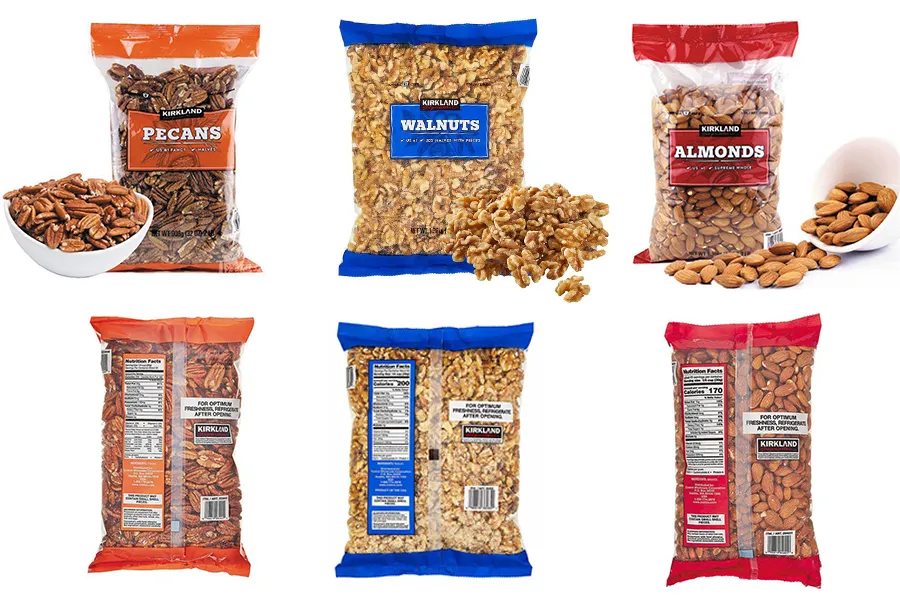
Shelf-life Extension
One of the primary functions of food packaging is to extend the shelf life of perishable products by protecting them from factors like light, aria, and moisture. Packaging materials with barrier properties, such as aluminum foil or vacuum-sealed pouches, help ensure product freshness and quality.
Protection from External Factors
Food packaging plays a crucial role in protecting products from external factors like temperature fluctuations, physical damage, and contamination. Sealed containers, tamper-evident seals, and anti-microbial coatings help maintain food safety and integrity throughout the supply chain.
Convenience Features
Packaging design often includes convenience features like resealable zippers, easy-open lids, and portion control options to enhance the user experience for consumers. These features improve product usability and reduce food waste by allowing for easy storage and consumption.
Branding and Marketing
Food packaging serves as a powerful tool for branding and marketing, with unique designs, colors, and logos helping products stand out on crowded store shelves. Eye-catching packaging can attract consumers’ attention and communicate brand values, leading to increased sales and brand recognition.
Choosing the Right Food Packaging for Your Product
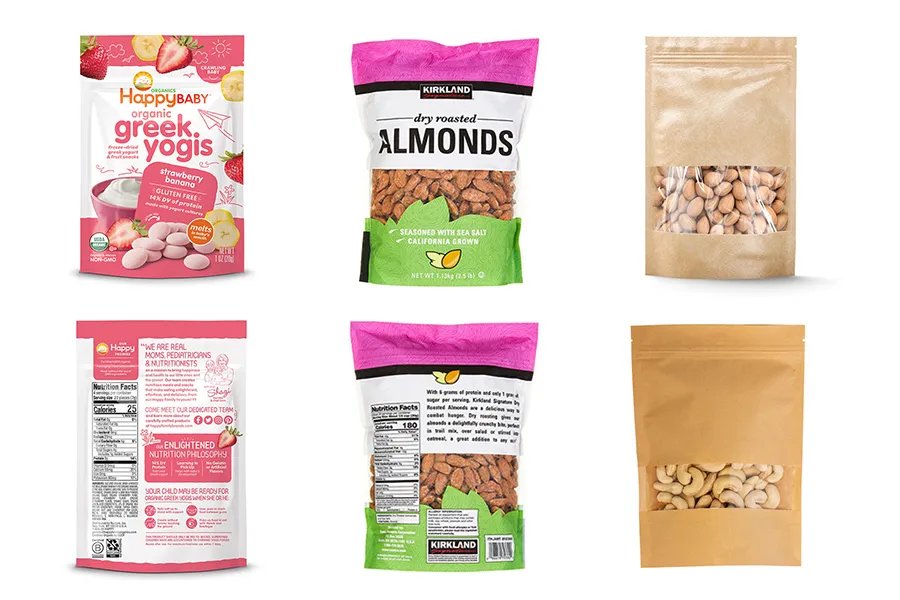
Considerations for Different Types of Food Products
When selecting from different kinds of food packaging for your product, consider factors like product type, shelf life, transportation requirements, and consumer preferences. Different types of food products, such as fresh produce, dairy, or bakery goods, may require specific packaging formats to ensure freshness and quality.
Cost-effectiveness and Scalability
Packaging costs play a significant role in product pricing and profitability, so it’s essential to choose packaging materials and formats that offer a balance between cost-effectiveness and quality. Scalability is also a crucial consideration, as packaging solutions should be able to accommodate varying production volumes and distribution channels.
Sustainability and Environmental Impact
In today’s environmentally conscious marketplace, sustainability is a key consideration when choosing food packaging materials. Opt for eco-friendly options like recyclable, biodegradable, and compostable materials to minimize environmental impact and appeal to eco-minded consumers.
Conclusione
Insomma, food packaging is a critical aspect of the food industry, providing protection, convenience, and branding opportunities for a wide range of products. By understanding the different types of packaging materials, common formats, and factors to consider when choosing packaging, you can create packaging solutions that meet consumer needs while ensuring product integrity and safety. Inoltre, cooperating with CHLB, a reliable packing machine manufacturer, can further enhance efficiency and precision in the packaging process.

